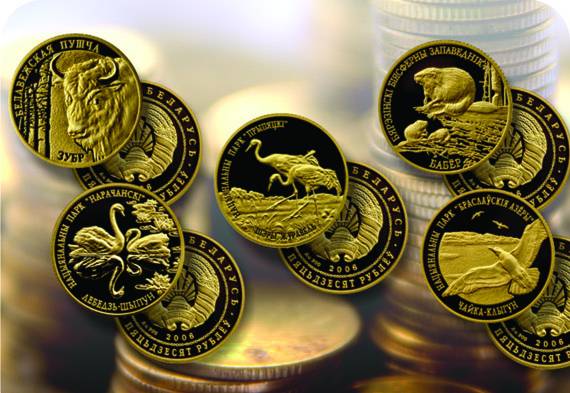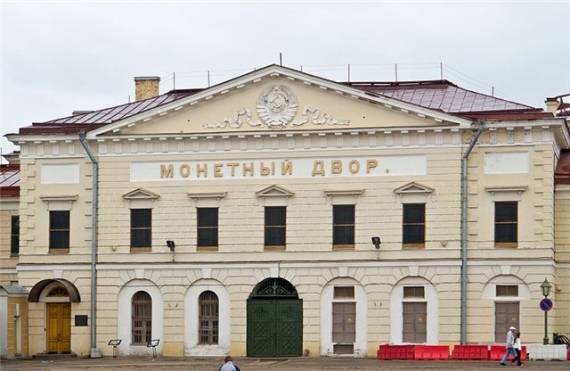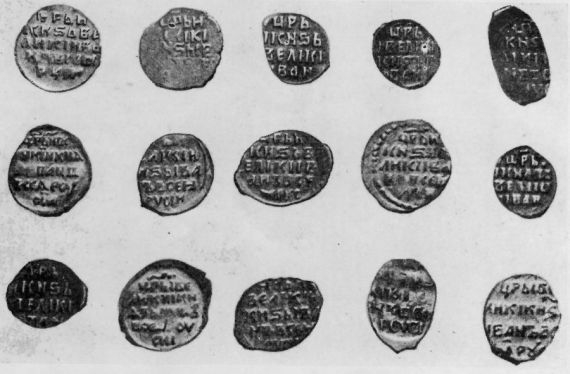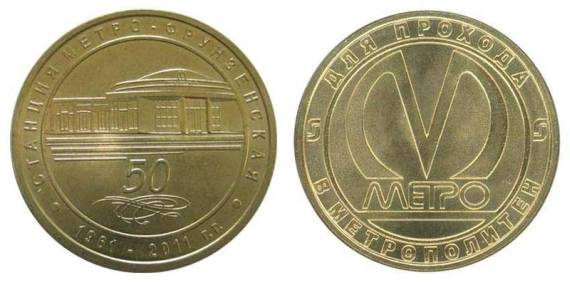Coins and art
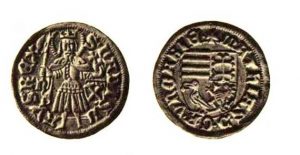 When the state treasurer put his stamp on a small piece of metal, he cared not only to record the purity and weight of the metal with this action, but also to make a kind of media out of the coin by placing some propaganda information on the coin. In addition, the state sought to make a true masterpiece of art out of each minted coin, to make it beautiful and attractive. This is due to the fact that coins are still a symbol of wealth, and wealth, as a rule, is comprehended with something beautiful and refined, and coins made of such precious and noble metals like gold and silver themselves symbolize such a state.
When the state treasurer put his stamp on a small piece of metal, he cared not only to record the purity and weight of the metal with this action, but also to make a kind of media out of the coin by placing some propaganda information on the coin. In addition, the state sought to make a true masterpiece of art out of each minted coin, to make it beautiful and attractive. This is due to the fact that coins are still a symbol of wealth, and wealth, as a rule, is comprehended with something beautiful and refined, and coins made of such precious and noble metals like gold and silver themselves symbolize such a state.
Since the Renaissance, silver and gold utensils and clothing have come into fashion in Western European countries. These are various cups with coins attached to their surfaces, rings, stamps, plates and the like. From this we can conclude that the state, which occupies a prominent place among other states and countries, is simply obliged to have beautifully decorated coins.
An excellent example is the gold coins of such French kings as Charles the Fourth, Philip the Fourth, which were minted in the 14th century. They are decorated with Gothic style, in its full bloom. Sometimes they resemble more likely round-shaped frescoes placed in medieval cathedrals, which is primarily associated with first-class performance.
As for medieval Russia of the 15th century, gold coins-medals, which were awarded for military merits, were widely spread, and they were sewn to various items of clothing. Thus, coins were not only an excellent way to carry out trade relations between people, but also signs of distinction, or simply memorable signs.
In the era of Baroque or late Renaissance, there is also an additional link between art and banknotes. In this era, coins begin to be depicted in their paintings by famous artists such as Titian and others. These are such famous works of world art as the painting “Denarius of Caesar”, “Portrait of Jacob Strada” and others.
Coins of this era can be seen in many European museums, while preliminarily visiting the site groupon.ru, where promotions, discounts and sales are constantly offered not only for various goods and services, but also for traveling to many European countries. Discounts are quite large, and sometimes reach 60-70 percent, which allows not only to save, but also to get what you dreamed about so much – a long-awaited vacation.
Today, medieval coins are considered the most valuable coins, as they differ not only by the precious metal from which they are made, but also by the rather attractive appearance that medieval rulers wanted to achieve, which they, in principle, managed to do.
